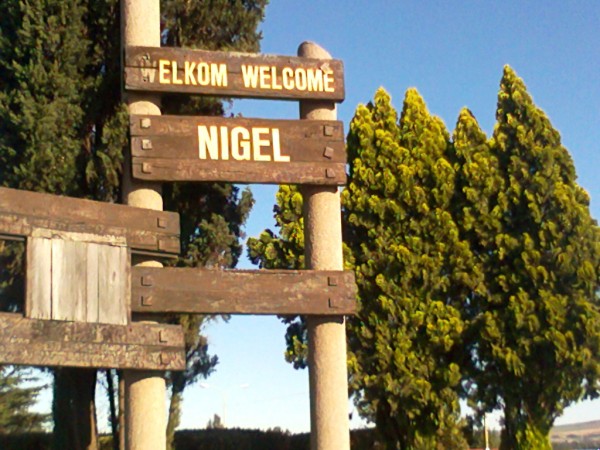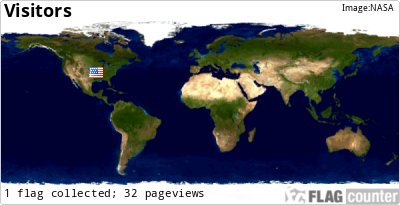
General:
This cache is
micro cache at the entrance to Nigel, my home town.
This is a history lesson and Oom Lang Piet started it
all.
A long time ago
during 1882 a farmer Petrus Johannes Marais (nicknamed Oom
Lang Piet) who owned the farm Varkensfontein in the Heidelberg
district made an agreement with a prospector named Johnstone
allowing him to prospect for gold on the farm Varkensfontein. Mr.
Johnstone' s prospecting operations continued for a considerable
time shrouded in secrecy. Then one day a stranger turned up at Oom
Lang Piet's home and made an offer to buy the farm.
At the time of the offer Oom Lang Piet was by chance busy reading
"The Fortunes of Nigel" by Sir Walter Scott, a story about a young
man who was the victim of a dishonest intrigue but eventually
achieved his goal in life. The stranger's visit immediately aroused
Mr. Marais's suspicions to the extent that he decided to visit his
farm himself. Once at the farm he found that his suspicions were
well founded. With the experiences of Nigel, the character in the
novel in mind, he determined not to allow himself to be cheated by
cunning fortune seekers and at once set about to establish his own
company. In July 1888, two years after the discovery of gold on the
Witwatersrand, he achieved his goal.
Marais attributed his luck to the novel he had been reading and,
therefore, called his company Nigel. In this way, the town of Nigel
came into being.
In 1888 the
State President Paul Kruger declared Nigel as a public digging
under notice no. 331 and since then the history and development of
Nigel are inseparable from those of the gold mines. The town was
little more than a mining camp until 1923, when the control of the
town was passed into the hands of a Dorpvillage. The first meeting
of this council was held on 2 January 1923. As you drive around in
this area you will notice the old mining houses.
The Sub Nigel mine had, in the meanwhile, come into existence and
proved to be the riches gold mine in the world. As a result of this
fact a great influx of people to the town occurred. Within a space
of 7 years the local authority was given increased status and in
1930 was elevated to a Town Council. On 24 November 1930 the first
meeting of the Town Council was held and Mr. C.L. Mackle was
elected the first Mayor. This event also marked the starting point
of fast growth of Nigel. Today many people stay here but work
elsewhere. The town today have a out of town feeling to it.
The years 1934 - 1939 saw the most noteworthy development of the
town. This was only slowed down by the outbreak of World War II.
During those five years, no less than 5 suburbs were proclaimed and
speculation in fixed property soared.
The railway line between Springs, Nigel and Heidelberg was opened
on 18 October 1935. Until then, the nearest railway station had
been Kaydale; situated five miles from Nigel on the main line
between Johannesburg and Durban, and all transport had been
conducted by ox wagon, horses or car. Sadly the train station is no
longer in use.
Welcome to my
world and I hope you like the caches. As you drive around in
Nigel you will notice several houses and structures that relates to
mining.
FTF
Honors :
Risk
and Hazards (1 is low, 3 is average, 5 is
extreme):
-
Mist - 1
- Heights and falls -
2
-
Lightening - 3
-
Slipping - 2
-
Strong Winds -
2
-
Wet weather - 2
-
Snakes - 1
-
Spiders -
3
-
Muggles and Muggers -
4
-
Night Time -
3
-
Roads - 2
-
Children - 3
-
Thorns & Blackjacks -
1
Incidents recorded at this
cache:
Page Views and
Stats:
